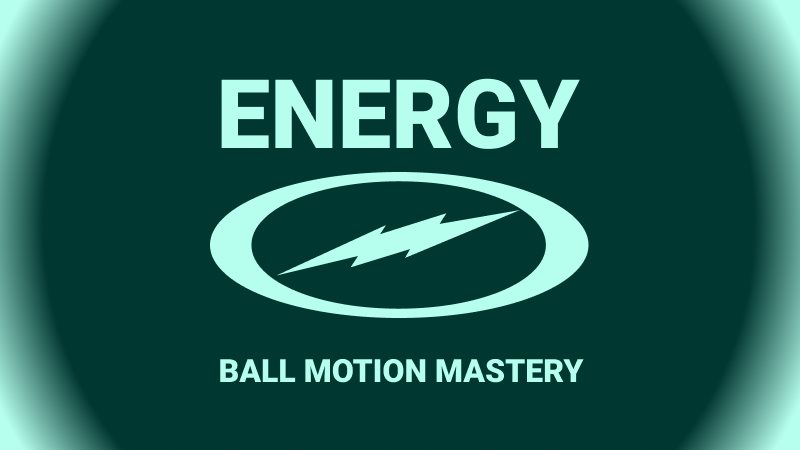Bowling is a game of precision and strategy, where every throw is influenced by the dynamics of the bowling ball. Let's delve into the fundamentals and explore how energy depletion shapes ball motion and lane performance.
1. The Foundation of Energy
At the heart of every throw lies the energy within the bowling ball. Initially starting with 100% energy, each ball possesses unique characteristics that dictate how it depletes this energy. Factors like coverstock, surface, weight block, layout, and lane conditions play pivotal roles in determining how ball uses up its energy. Once the balls energy has been 'used up' it can no longer continue changing direction (hook) on the lane. Bowlers refer to this pheneomenon as the ball burning up or rolling out.
2. The Dynamics of Depletion
As the ball moves down the lane, it uses up its energy generated by the bowler to initiate motion. Some balls deplete their energy rapidly, gripping the lane early and hooking assertively. These powerhouse balls excel in fresh conditions and heavy oil scenarios.
In contrast, low-performance balls ("weak balls") delay their energy depletion. By conserving their energy, these balls skid further before hooking, making them ideal for dry lane conditions. This reservation of energy prevents premature hooking, allowing bowlers to maintain control and accuracy even in challenging environments.
3. Adapting to Changing Conditions
Throughout a game, the rate of energy depletion evolves as the lane conditions shift. As oil is removed from the lane surface, friction increases, accelerating energy depletion. Bowlers must remain alert, recognizing the signs of changing lane conditions and adjusting their strategy accordingly to avoid inconsistent ball reaction and decreased carry percentage.
4. Strategies for Success
When faced with shifting lane conditions, bowlers have two main strategies. Firstly, adjusting their position into more or less oil to rebalance the rate of energy depletion. if your ball is skidding too far down the lane, it means your ball is not using enough energy. if your ball is overhooking, it means your ball is using too much energy. If moving to the left or right doesn't help balance the rate of energy depletion, then it might be a good idea to consider switching to a different ball.
5. Mastering Motion Through Energy Management
In the pursuit of mastery, understanding and leveraging the energy of a bowling ball are paramount. By harnessing the power of energy management, bowlers can navigate lane conditions with finesse and precision, adapting their strategy to suit the evolving environment. Whether it's optimizing ball selection or fine-tuning positioning and release, the key to motion mastery lies in understanding the dynamics of bowling ball energy.
